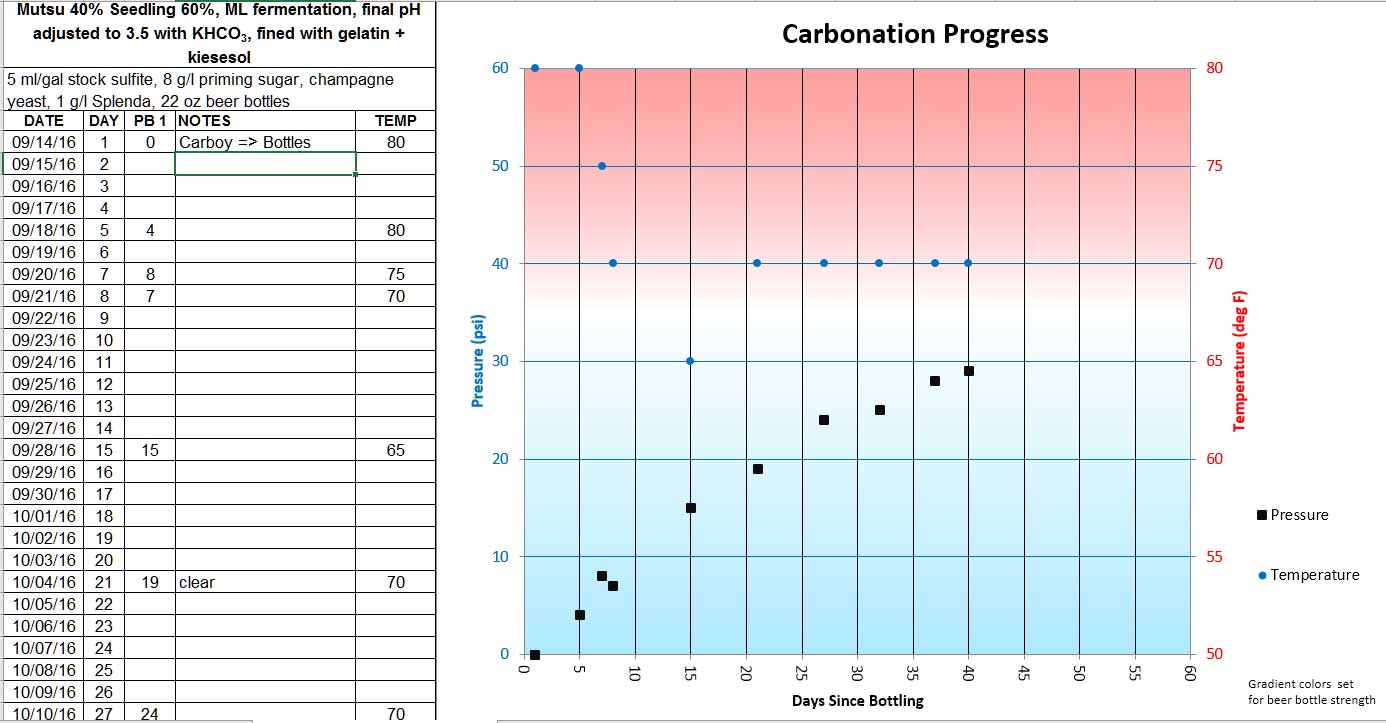New to brewing but of all the ciders I have going m, I tend to favour about 62-66F for temp of cider during fermentation.
This yeast states 68-75 as optimal.
Anyone used lower temps and have any off flavours or negative/positive experiences.
Using fresh pressed juice want to get this right.
At 62 it stopped fermenting or slowed down to almost nothing and at 64 it's started again but slowing once again.
*edit* It's fermented down from 1.05 to 1.015 in 5 days!! Guess that's why it's slowed down.
Thanks
This yeast states 68-75 as optimal.
Anyone used lower temps and have any off flavours or negative/positive experiences.
Using fresh pressed juice want to get this right.
At 62 it stopped fermenting or slowed down to almost nothing and at 64 it's started again but slowing once again.
*edit* It's fermented down from 1.05 to 1.015 in 5 days!! Guess that's why it's slowed down.
Thanks













![Craft A Brew - Safale S-04 Dry Yeast - Fermentis - English Ale Dry Yeast - For English and American Ales and Hard Apple Ciders - Ingredients for Home Brewing - Beer Making Supplies - [1 Pack]](https://m.media-amazon.com/images/I/41fVGNh6JfL._SL500_.jpg)














































